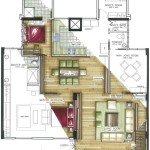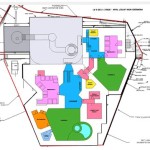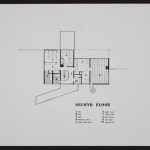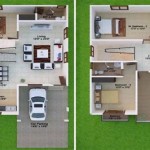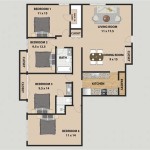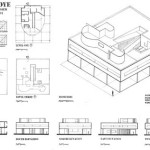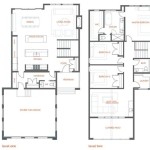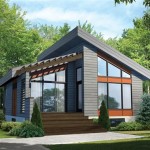Senior House Floor Plans: Essential Considerations for Independent Living
As we age, our physical and cognitive needs change. This can make it necessary to reconsider our living arrangements to ensure our continued safety, comfort, and well-being. For many seniors, a single-story home with a well-designed floor plan can provide the ideal living solution.
Key Features of Senior-Friendly Floor Plans
Senior-friendly floor plans are designed to minimize tripping hazards, maximize accessibility, and promote independence. These plans typically include:
- Wide doorways: Doorways should be at least 36 inches wide to accommodate wheelchairs and walkers.
- Stepless entry: A ramp or no-step entrance makes it easy to enter and exit the home without tripping.
- Open floor plan: An open floor plan with few obstacles allows for easy movement and navigation.
- Accessible bathrooms: Bathrooms should have grab bars, non-slip flooring, and a roll-in shower or walk-in bathtub.
- Laundry on the main floor: A laundry room on the main floor eliminates the need to carry laundry up and down stairs.
Universal Design Principles
Universal design principles aim to create spaces that are accessible and usable by people of all ages and abilities. Senior house floor plans should incorporate these principles to ensure maximum functionality and comfort.
Key universal design principles include:
- Usability: Spaces should be designed for easy use by people with varying physical abilities.
- Flexibility: Spaces should be adaptable to changing needs and preferences.
- Simplicity: Controls and features should be easy to understand and operate.
- Sensory considerations: Spaces should be designed with adequate lighting, acoustics, and visual cues.
Adaptability and Future Considerations
It is important to consider future needs when selecting a senior house floor plan. Aging in place requires a home that can adapt to changing circumstances.
Some factors to consider include:
- Accessibility features: Can additional accessibility features, such as ramps or stair lifts, be easily added in the future?
- Space for additional care: Is there space for a caregiver or home health aide to assist with daily tasks?
- Outdoor living: Is there an accessible outdoor space for recreation and socialization?
Professional Assistance
If you are considering building or remodeling a home for senior living, it is recommended to consult with an architect or designer who specializes in senior-friendly design. They can help you create a floor plan that meets your current and future needs.
By incorporating essential features, adhering to universal design principles, and considering future adaptability, you can create a senior house floor plan that supports your independence, safety, and well-being for years to come.

What Are The Types Of Senior Living Floor Plans In Florida Aston Gardens

Starter Or Retirement Home Plan 83098dc Architectural Designs House Plans

Senior Living Duplex Floor Plans House

Assisted Senior Living Floorplan Floor Plans Facility

Senior Villas Floor Plans In Shillington Pa

San Antonio Tx Senior Living Floor Plans Discovery Village At Dominion

Floor Plans Harford Senior Housing In Bel Air Maryland

Senior Living Floor Plans Maplewood At Mayflower Place

Best Memory Care Design Of 2024 Small House Principles With Regional Flair Senior Housing News

10 Elderly Care Ideas Nursing Home

